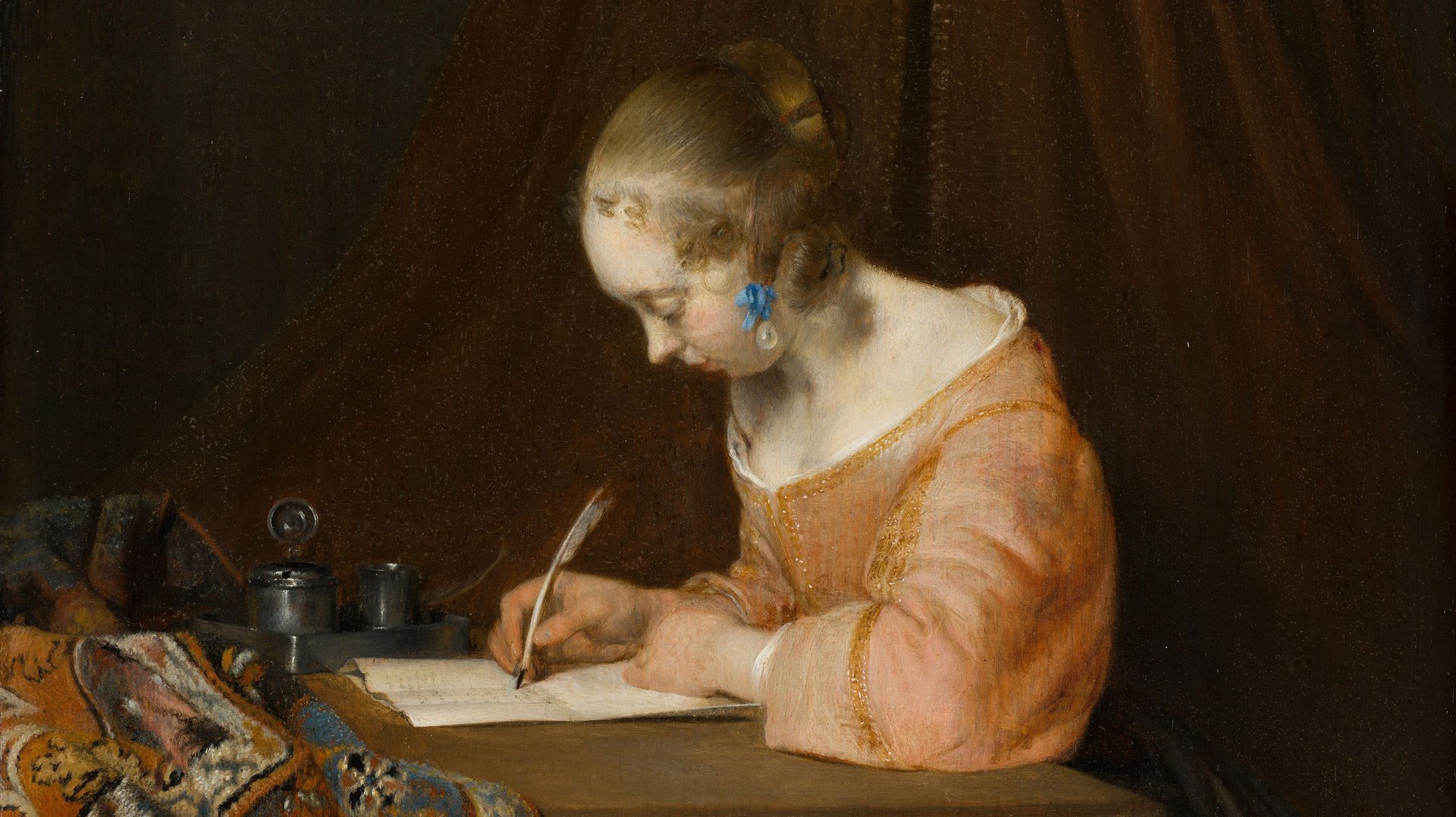The EU is spending $1.7 million to rediscover the work of forgotten female writers
Pop quiz: Which 16th-century woman is thought to have been Britain’s first female professional writer and poet?


Pop quiz: Which 16th-century woman is thought to have been Britain’s first female professional writer and poet?
Don’t know? How about this one: Which keen 18th-century letter-writer, and wife to the British ambassador to Turkey, produced some of the most vivid English-language accounts we have of life at the time in the Ottoman Empire? Here’s a clue: On her return, she introduced and advocated for smallpox vaccinations, eventually saving millions of people.
OK, a final try: Which 17th-century French writer coined the term “fairy tales” to describe her stories, many of which are still told today? (Click here for answers: 1)
If you didn’t get a single question right, don’t feel bad. It’s not unusual to go through an entire literature degree without encountering a single female writer from the 16th, 17th, or 18th centuries. Throughout history, women have always written—thoughts, letters, poems, stories—but their work is often excluded from the canon or forgotten altogether.
A new EU project is hoping to change that, by providing Spanish academic Carme Font Paz, of Universitat Autonoma de Barcelona, with a €1.5 million ($1.7 million) research grant. Over the next five years, Font will work with a small team to uncover neglected European female writers from between 1500 to 1780. They’ll look through libraries, archives, and private collections, collecting letters, poems, reflections, and musings. The goal, the Guardian reports, isn’t so much to find new female authors as to shine a light onto those ignored or maligned as diarists, letter-writers, or otherwise anecdotal “women writers.”
Font, a professor of English literature, is particularly looking for the work of women who may not have had a formal education, but who nonetheless give modern readers valuable insight into their lives—family and marital problems, sexual issues, personal frustrations—and how they related to the world around them.
Crucially, she told the British paper, she wants to give them their due, and change how we assess what is, and isn’t, valuable literary contribution. “It’s about evening out our perceptions and acknowledging that even if women wrote in a different way, their ideas possess an intellectual value,” she said. “We need to change the way we read those texts and give them their just values.” She described being struck by the profundity of some dozens of women writing on the nature of the human soul, whose informal tone has seen them written off. These writers “articulate it in a religious or theological way that is every bit as impressive as the work of their contemporary male theologians.”
The project, called “Women’s Invisible Ink: Trans-Genre Writing and the Gendering of Intellectual Value in Early Modernity,” will take place over the next few years. Researchers will travel across Europe to find the texts.
If you can’t wait for them to finish, why not dip into some of the writers (link in Spanish) Font has already encountered? In 1666, the poet and philosopher Margaret Cavendish (1623 – 1673), who was a peer of Thomas Hobbes, René Descartes, and Robert Boyle, wrote one of the earliest known examples of science fiction. The Blazing World is a vivid description of a utopian society based out of the North Pole. You might also like Anna Bijns, a 16th-century Dutch poet, who wrote verses about how “decent men [were] as scarce as white crows,” and an ex-lover who thought that her verses were “just hot air, anyway.”